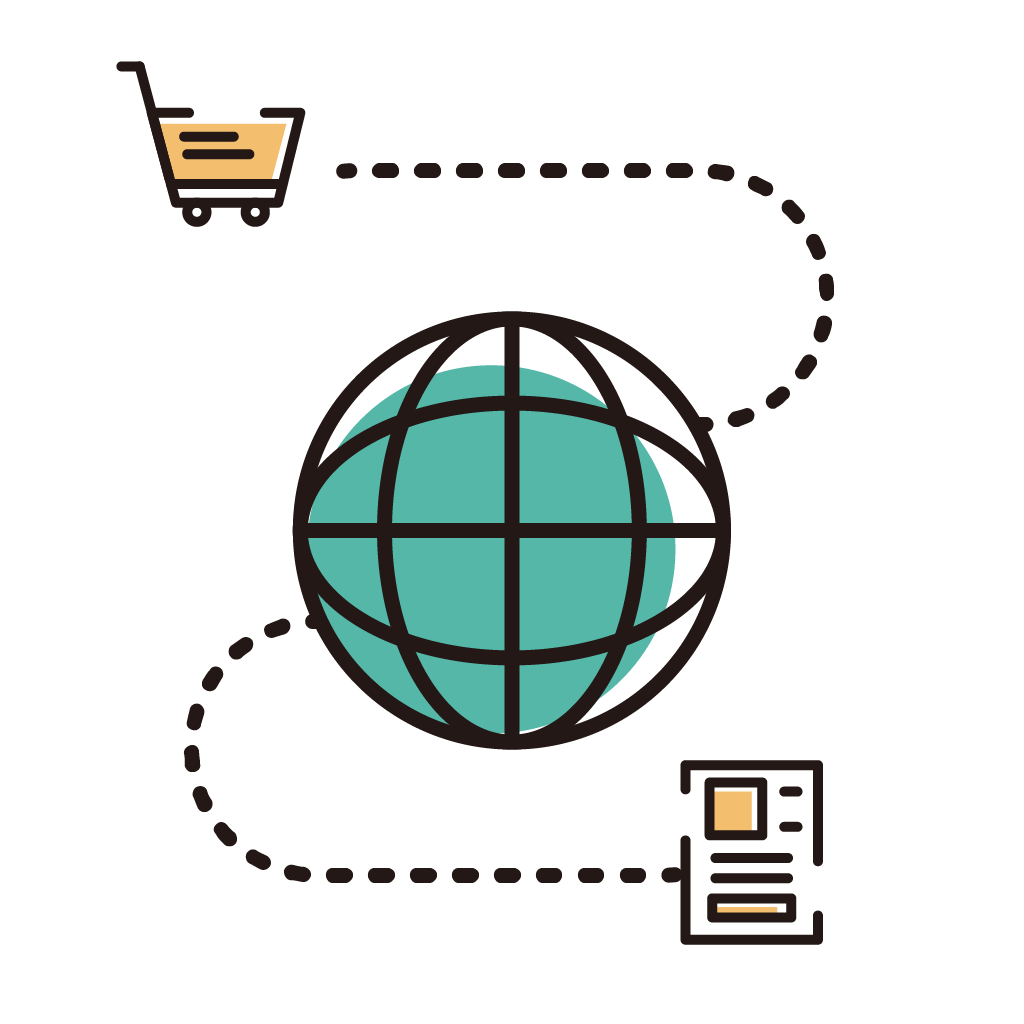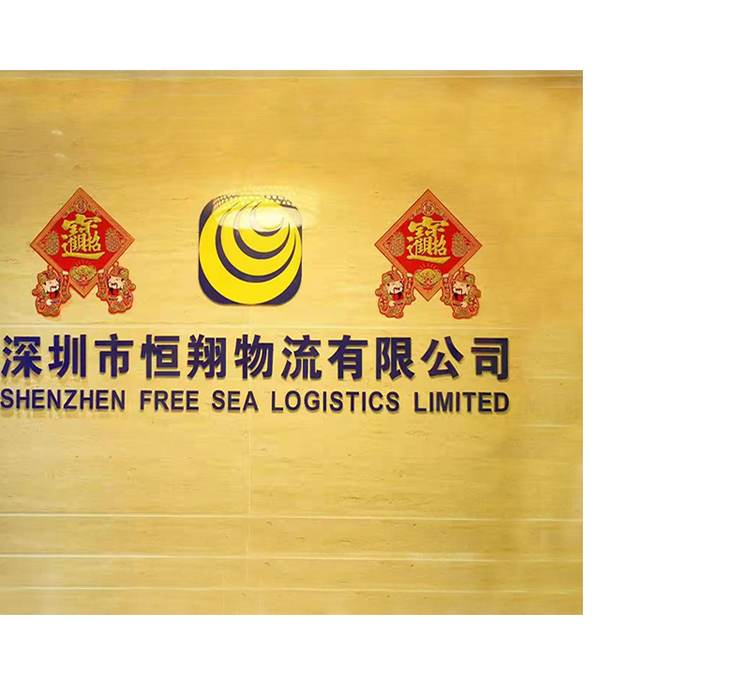In global trade, international logistics is both the backbone of commerce and one of its most complex challenges. Many exporters and importers rely on overseas shipping agent services to manage freight coordination, customs clearance, and last-mile delivery. These agents provide convenience and expertise, yet their pricing structures often conceal hidden costs that can erode profit margins and disrupt cash flow. Understanding where these costs arise is essential for businesses seeking transparent, predictable, and cost-efficient shipping management.
1. The Complexity of International Freight Pricing
International shipping involves multiple service layers—port handling, customs documentation, warehousing, insurance, and inland delivery. While an overseas agent may present a single “all-inclusive” quote, the actual cost composition is far more intricate. Each route, port, and carrier can impose variable surcharges. For example, fuel adjustment fees, container imbalance charges, or seasonal congestion fees may not be explicitly listed in a quote. These additional costs fluctuate with market conditions, leaving shippers vulnerable to budget overruns.
Moreover, agents often charge differently depending on the origin and destination markets. A route between Southeast Asia and Europe may include hidden documentation or inspection costs not seen in intra-Asian routes. This variability underscores the importance of requesting transparent rate breakdowns before signing a contract.
2. Documentation and Customs-Related Fees
Customs documentation is another area where hidden costs frequently appear. Many agents apply administrative service fees for preparing commercial invoices, certificates of origin, or cargo manifests. In addition, customs clearance charges can vary significantly between ports and often include broker fees, duties, or even terminal storage charges due to inspection delays.
For small and medium-sized enterprises, these fees can easily go unnoticed during initial negotiations. Some agents may also outsource customs brokerage to third parties, who in turn add their own margin. The cumulative effect of these layers can inflate logistics costs by up to 15%, especially for time-sensitive or high-value shipments.
3. Port Handling and Terminal Charges
Ports and terminals impose a variety of fees that can catch shippers off guard. Terminal handling charges (THC), security surcharges, and demurrage or detention penalties can quickly accumulate if there are delays in cargo pickup or documentation errors.
Overseas shipping agents sometimes exclude these from initial quotes to make their rates appear more competitive. However, when cargo arrives, clients are often informed of “unavoidable” terminal fees that must be paid immediately to release the goods. Such surprises highlight why it is crucial to clarify whether port-related expenses are included in the quoted freight rate or billed separately.
4. Insurance and Risk Coverage Markups
Insurance coverage represents another gray area in logistics pricing. While agents may offer to include cargo insurance in the shipping package, the premium rates and coverage details are not always transparent. Some agents apply high markups to third-party insurance rates, while others provide minimal coverage that does not meet international trade standards.
Companies relying solely on agent-provided insurance may discover too late that the compensation limits are insufficient for damaged or lost cargo. Businesses can mitigate this risk by sourcing insurance independently or demanding clear, written confirmation of the insurance provider, coverage scope, and claim process.
5. Storage, Warehousing, and Last-Mile Delivery
Delays at ports or customs checkpoints often trigger unexpected storage fees. When cargo exceeds free storage time, warehouses or container yards charge daily rates. Agents may initially cover these charges and later bill them as “miscellaneous service costs,” creating a financial surprise for the client.
Additionally, last-mile delivery fees—especially in complex regions like Africa or South America—can vary depending on fuel prices, driver availability, and local regulations. Without accurate estimates from the start, these variable costs can disrupt overall freight planning and profit projections.
6. Currency Fluctuations and Payment Terms
International shipping transactions often involve multiple currencies. Exchange rate adjustments and bank transfer fees can significantly affect final payment amounts. Some agents factor exchange risks into their pricing using vague “currency adjustment factors,” while others apply separate surcharges when payment currencies differ from invoicing currencies.
To maintain cost stability, businesses should establish contracts that specify fixed exchange rates or payment terms in advance. Transparent communication about payment timing, invoicing currencies, and bank fees prevents financial surprises at the end of a shipment cycle.
7. Technology Fees and Tracking Services
Modern logistics increasingly depends on digital tools for real-time cargo tracking, document management, and automated billing. Some agents provide these systems free of charge, while others include hidden technology service fees under administrative costs.
Clients may not notice that a portion of their invoice reflects fees for software subscriptions, GPS monitoring, or data management platforms. Businesses can avoid these expenses by confirming which digital services are included and whether they can integrate with their own logistics systems.
8. Communication and Coordination Costs
Effective communication across time zones, languages, and supply chain partners requires dedicated management. Some overseas agents charge coordination fees, particularly for special handling requests, multi-vendor shipments, or urgent documentation changes.
Although these charges may seem minor individually, they accumulate over time—especially for long-term partnerships involving multiple shipments. Transparent communication protocols and defined escalation procedures help reduce these unnecessary expenses.
9. How to Identify and Minimize Hidden Costs
The key to avoiding hidden charges is transparency and proactive verification. Businesses should request itemized quotations that list every possible fee, including port surcharges, customs duties, and insurance premiums. Establishing service-level agreements (SLAs) ensures that agents are accountable for cost fluctuations and performance standards.
Moreover, working with logistics providers that utilize digital freight platforms can enhance visibility. Automated cost tracking and invoice auditing systems allow businesses to compare quotes across multiple agents and prevent billing discrepancies.
10. Building Long-Term Value with Trusted Shipping Agents
Beyond cost considerations, reliability and professionalism are critical in choosing an overseas shipping agent. Companies that prioritize transparency, communication, and operational integrity often deliver better long-term value. Instead of selecting agents solely based on low rates, shippers should evaluate overall cost efficiency, service reliability, and post-shipment support.
A strong partnership allows businesses to negotiate more favorable terms, reduce administrative burdens, and adapt quickly to global supply chain changes.
Conclusion: Turning Transparency into a Competitive Advantage
The logistics industry is evolving toward greater digitalization and accountability. However, hidden costs remain a persistent challenge for businesses engaging with overseas shipping agent services. By understanding how pricing structures are formed—and where unanticipated expenses arise—companies can take proactive measures to ensure accurate budgeting and higher profitability.
Ultimately, transparency in logistics management is not just a cost-control measure but a strategic advantage. Businesses that establish clear communication, use data-driven monitoring tools, and collaborate with reliable agents can transform shipping operations into a sustainable, predictable, and growth-oriented part of their international strategy.























